When it comes to plumbing issues, few things are as frustrating as a clogged or slow-draining shower drain. Not only can this problem disrupt your daily routine, but it can also cause water damage and create an unsanitary environment.
Fortunately, understanding and fixing shower drain plumbing doesn’t have to be a daunting task. With the right knowledge and tools, you can tackle this issue head-on and restore your shower to its full functionality.
In this ultimate guide, we will dive into the common causes of shower drain problems, explore the different types of drain systems, and provide step-by-step instructions for diagnosing and repairing common issues. By the end, you’ll have the confidence and know-how to tackle any shower drain plumbing problem that comes your way.
The importance of proper shower drain plumbing
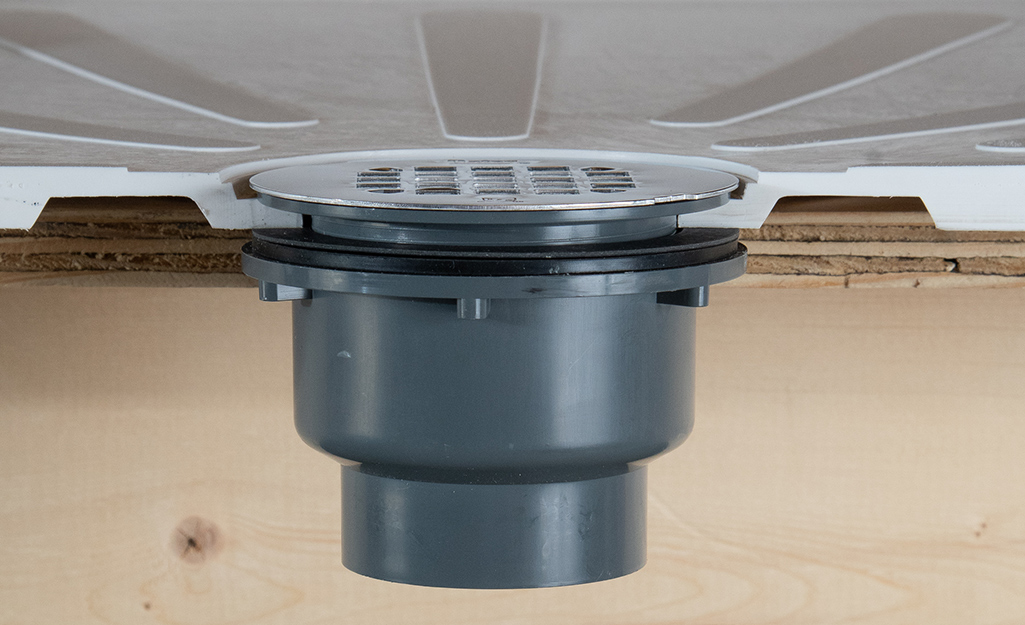
Properly functioning shower drain plumbing is crucial for a variety of reasons. First and foremost, it ensures that water drains efficiently without any blockages or backups. This not only prevents inconvenience and frustration but also helps maintain a clean and hygienic environment in your bathroom.
Moreover, having a well-maintained shower drain system can prevent water damage to your bathroom walls, floors, and fixtures. Water that doesn’t drain properly can seep into these areas, leading to rot, mold growth, and costly repairs.
Additionally, a functioning shower drain system helps maintain optimal water pressure and temperature control. When drain pipes are clogged or improperly installed, it can affect water flow, resulting in weak shower streams or fluctuations in water temperature.
In the next section, we will delve into the common causes of shower drain problems, enabling you to identify and address issues effectively.
Common problems with shower drain plumbing
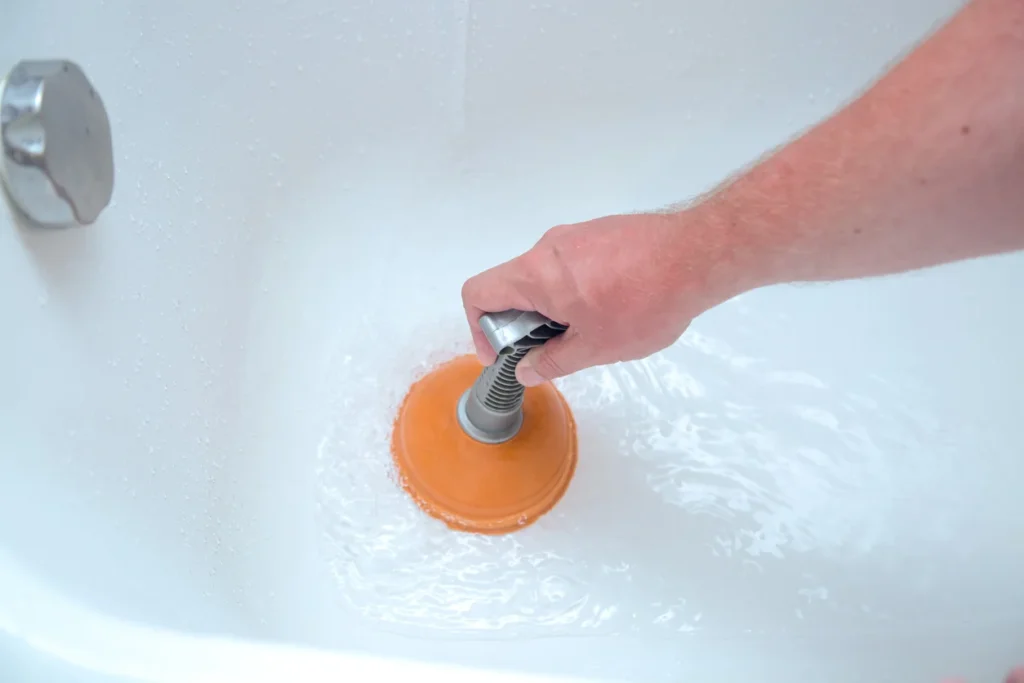
In this section, we will discuss some of the common problems that you may encounter with your shower drain plumbing. Identifying these issues early on can save you from major headaches and costly repairs down the line.
One common problem is a clogged drain. This can occur when hair, soap scum, and other debris accumulate in the drainpipe, causing water to drain slowly or not at all. Another issue you may face is a leak in the drainpipe. This can cause water to seep into your bathroom walls or floors, leading to costly water damage and mold growth.
Furthermore, improper installation or aging pipes can result in poor water flow, weak shower streams, or fluctuations in water temperature. These issues can be frustrating and diminish your shower experience.
In the next section, we will explore various troubleshooting techniques and fixes for these shower drain plumbing problems. Stay tuned for practical solutions to keep your shower drain plumbing in optimal condition.
Tools and materials needed for fixing shower drain plumbing issues
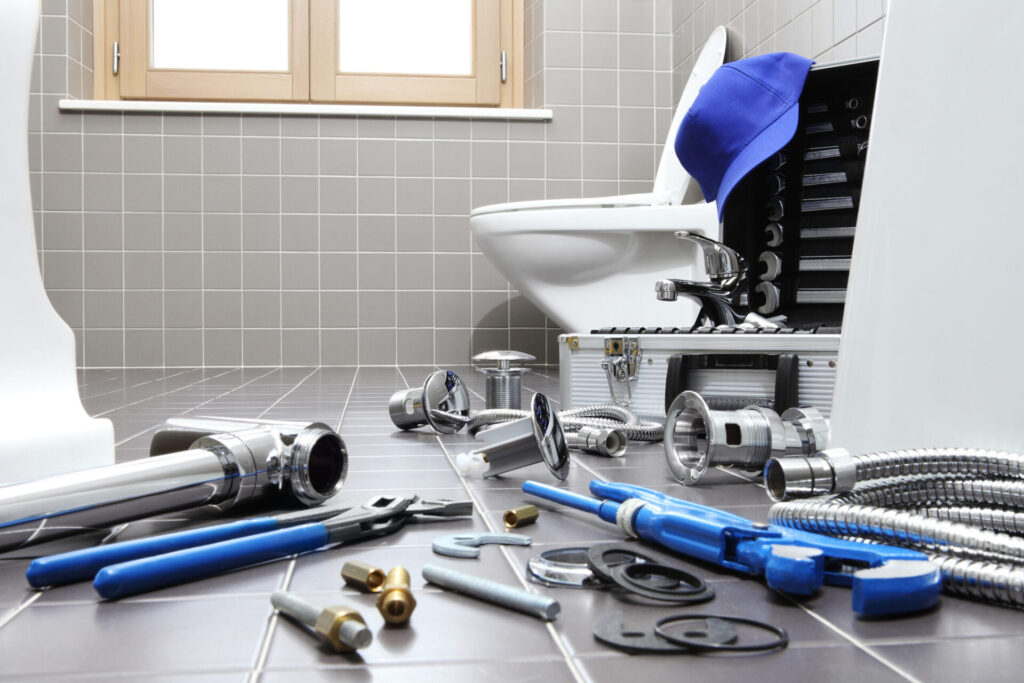
Properly fixing shower drain plumbing issues requires having the right tools and materials on hand. Here are some essential items you’ll need:
1. Plunger: A plunger is a handy tool for unclogging drains. It creates suction to dislodge blockages and restore proper water flow.
2. Drain snake: Also known as a drain auger or plumbing snake, this tool is used to remove stubborn clogs that cannot be cleared with a plunger. It is a long, flexible wire with a coiled end that can navigate through the drainpipe and break up blockages.
3. Pipe wrench: A pipe wrench is necessary for tightening or loosening connections in your shower drain plumbing. It has adjustable jaws that can grip onto pipes securely, allowing you to make necessary adjustments.
4. Pipe sealant: This is used to ensure waterproof connections and prevent leaks. It is applied to the threads of pipe fittings to create a tight seal.
5. Replacement parts: Depending on the issue you are facing, you may need to replace certain components of your shower drain plumbing system. This could include a new drain cover, gaskets, or even pipes.
By having these tools and materials ready, you’ll be well-equipped to tackle any shower drain plumbing problems that may arise. In the next section, we will delve into step-by-step instructions on how to troubleshoot and fix common issues. Stay tuned for valuable tips and tricks for resolving your shower drain plumbing woes.
Step-by-step guide for fixing a clogged shower drain
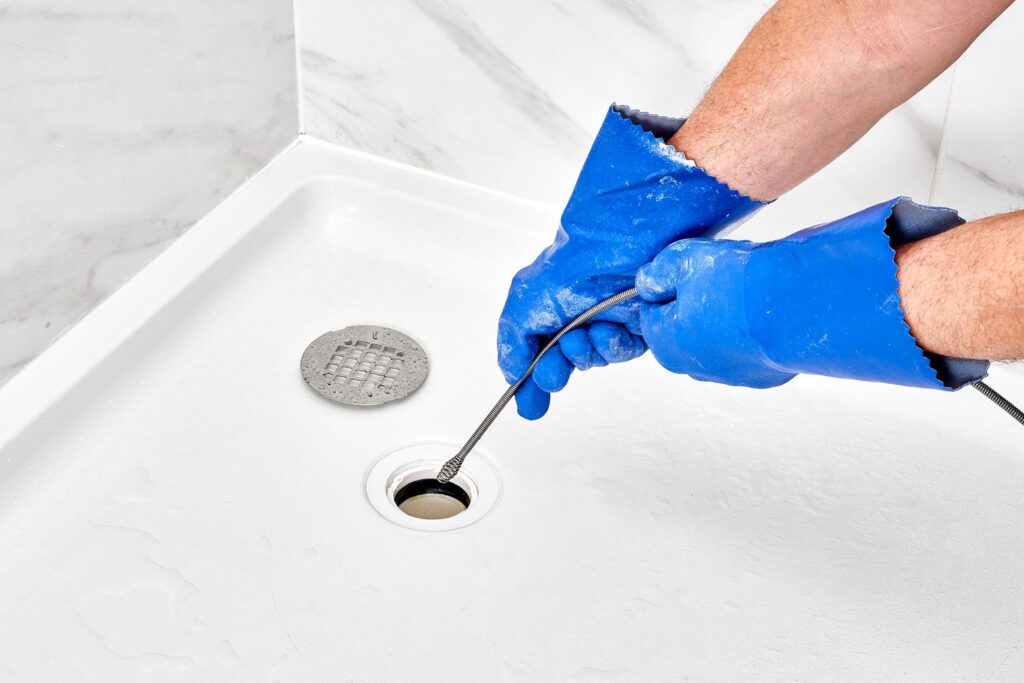
In this section, we will provide you with a step-by-step guide on how to fix a clogged shower drain. These simple instructions will help you troubleshoot and resolve common issues that can hinder proper water flow in your shower.
Step 1: Remove the drain cover
Using a screwdriver or an appropriate tool, carefully unscrew and remove the drain cover. Set it aside in a safe place to prevent it from getting damaged.
Step 2: Inspect the drain
Take a flashlight and inspect the drain for any visible blockages such as clumps of hair or soap residue. Use a gloved hand or a small brush to remove any debris you find.
Step 3: Use a plunger
If the blockage persists, use a plunger to create suction and dislodge the clog. Place the plunger directly over the drain, ensuring a tight seal. Push and pull the plunger vigorously for several seconds, then release. Repeat this process several times until the water starts draining freely.
Step 4: Try a drain snake
If the plunger doesn’t work, use a drain snake to break up stubborn clogs. Insert the coiled end of the snake into the drain and rotate it clockwise. Continue pushing the snake further into the drain until you feel resistance. Rotate the snake back and forth to dislodge the clog. Pull out the snake and rinse it off after each attempt.
Step 5: Test the drain
Once you have cleared the clog, replace the drain cover and turn on the water to test the drain. Ensure that the water flows freely and does not pool or drain slowly.
By following these step-by-step instructions, you’ll be able to troubleshoot and fix a clogged shower drain effectively. In the next section, we will explore other common issues in shower drain plumbing and provide you with solutions to address them. Stay tuned for more helpful guidance on maintaining and fixing your shower drain plumbing system.
Preventative measures to avoid future shower drain issues
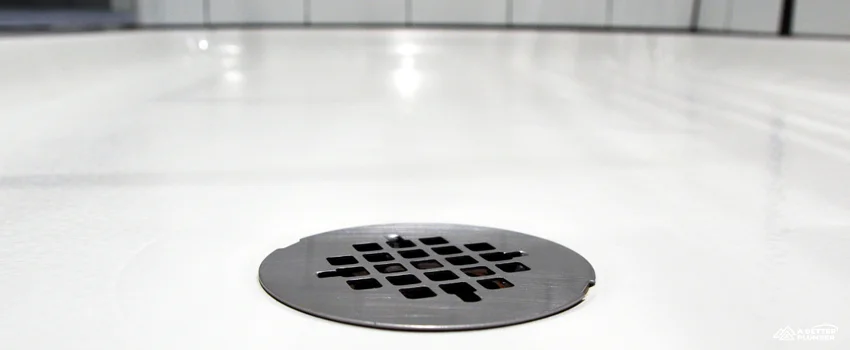
Now that we have covered the steps to fix a clogged shower drain, it’s essential to understand the preventative measures you can take to avoid future issues with your drain. By implementing these measures, you can prevent clogs and keep your shower drain plumbing in good working condition.
1. Use a drain cover: Install a drain cover to catch hair, soap residue, and other debris before they enter the drain. This simple step can significantly reduce the chances of clogs.
2. Regular cleaning: Make it a habit to clean your drain regularly. Use a mixture of warm water and vinegar to flush out any build-up that may occur over time.
3. Dispose of waste properly: Avoid throwing items such as cotton balls, wet wipes, and dental floss into the drain. Dispose of these items in the trash instead to prevent blockages.
4. Be mindful of what goes down the drain: Be cautious about what you allow to go down the drain. Avoid pouring grease, oil, or coffee grounds, as they can solidify and cause clogs.
5. Professional maintenance: Schedule regular maintenance checks with a plumber to inspect your shower drain plumbing system and address any potential issues before they escalate.
By following these preventative measures, you can save yourself the hassle of dealing with clogged shower drains in the future. Stay tuned for the next section, where we will discuss how to address other common issues that may arise in your shower drain plumbing.
When to seek professional help for shower drain plumbing
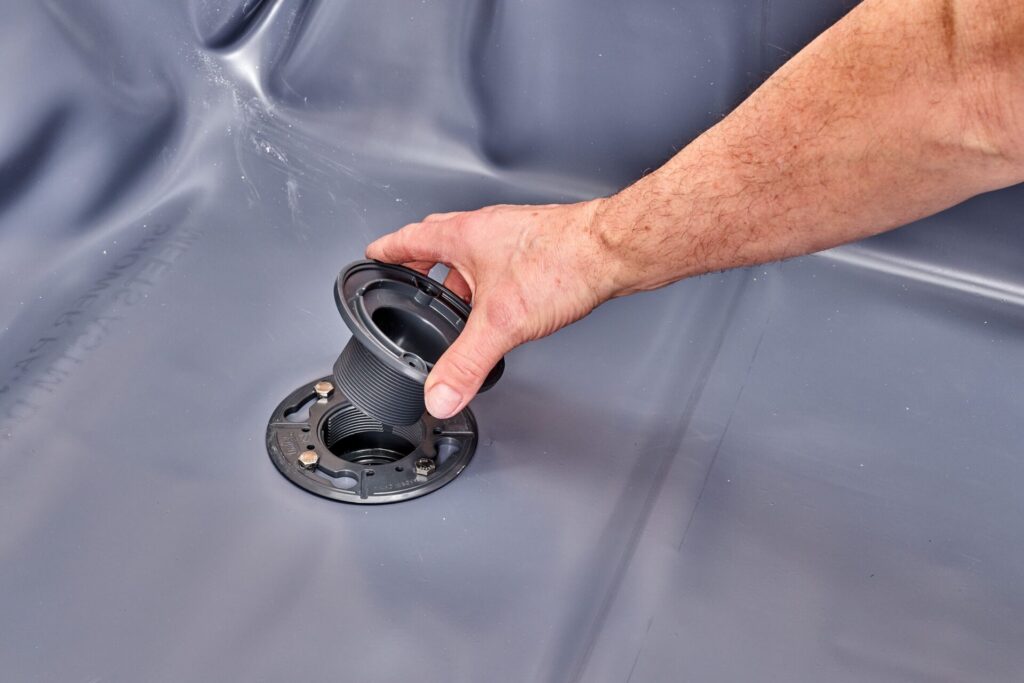
While many clogged shower drain issues can be resolved using DIY methods, there are instances when it’s best to seek professional help. Here are some situations in which you should consider calling a plumber:
a. Persistent clogs: If you’ve tried multiple methods to clear a clogged drain and it keeps recurring, it may indicate a more significant underlying problem. A professional plumber can assess the situation and provide a long-term solution.
b. Foul odors: If you notice foul smells coming from your drains, it could be a sign of a drain blockage or even a damaged sewer line. A plumber can identify the source of the odor and take appropriate action.
c. Slow drainage: If your shower drain is consistently slow to drain even after cleaning and removing visible clogs, it could be an indicator of a deeper issue in your plumbing system. A professional can determine the cause and make necessary repairs.
d. Water leaks: Any sign of water leaks around your shower drain or in your plumbing system should not be ignored. Leaks can cause significant damage to your property, so it’s crucial to call a plumber right away.
Remember, professional plumbers have the knowledge, experience, and tools to tackle complex plumbing issues safely and effectively. Don’t hesitate to reach out to a professional when you need assistance beyond what you can handle on your own.
In the next section, we will discuss the importance of regular maintenance and how it can help you avoid costly repairs in the future.
Conclusion:
Regular maintenance is crucial in ensuring the longevity and efficiency of your shower drain plumbing system. By implementing a few simple practices, you can avoid costly repairs and keep your drains flowing smoothly.
Firstly, it is essential to regularly clean your shower drains to prevent the buildup of hair, soap scum, and other debris. You can use a drain snake or a mixture of baking soda and vinegar to keep your drains clear and odor-free.
Secondly, be mindful of what goes down your drains. Avoid pouring grease, oils, and harsh chemicals down the drain, as they can lead to clogs and damage to your plumbing system.
Thirdly, consider scheduling routine inspections and maintenance with a professional plumber. They can identify any potential issues before they become major problems, saving you time and money in the long run.
By following these maintenance tips, you can ensure that your shower drain plumbing system remains in excellent condition for years to come. Remember, a little prevention and maintenance can go a long way in keeping your drains working efficiently.



